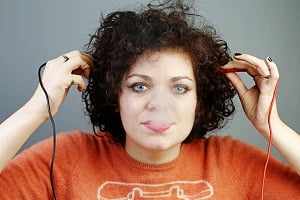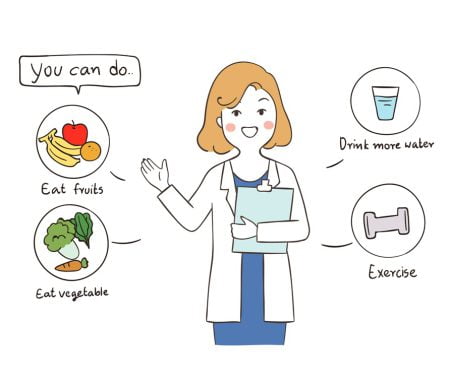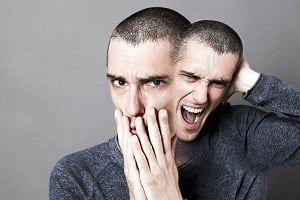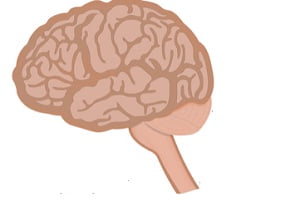How to Treat Schizophrenia?
- Updated on: Jul 12, 2024
- 4 min Read
- Published on Apr 19, 2021

Schizophrenia Treatment
Schizophrenia is a life-long disease that cannot be cured but can be controlled with proper treatment.
The disease affects not only an individual but the family and community as a whole, and realizing the severity of its impact, early diagnosis and treatment are a must. Read about diagnosis of schizophrenia.
In spite of continuous research and improvements in the management protocols, the disease remains under-diagnosed and under treated. One of the possible reasons is the inability of patients and their families to recognize the disease at early stages. Secondly mental diseases like schizophrenia are often associated with taboo and the affected individuals refrain from visiting the psychiatrist to confirm diagnosis and start treatment.
Treatment of schizophrenia is based on individual requirements and may involve a combination of therapy and medication. Generally, people require lifelong treatment, even when symptoms have subsided. The objective of treatment is to manage the condition with medications and psychosocial therapy. If the condition is severe, hospitalization of the patient may be needed.
A psychiatrist is usually consulted for the treatment of schizophrenia. He will guide the treatment for you. The care team may also include a psychologist and a nurse.
The positive aspect to this however is that with current treatment modalities recovery rates as high as 77% have been demonstrated. Several eminent personalities like Vincent van Gogh, one of the world’s most celebrated painters; John Nash, one of the world’s best mathematicians and the famous movie star of 1940s, Veronica Lake have suffered from the disease and successfully overcome it. So all is not dark and there is still a ray of hope.
Treatment Options
The National Institute for Health and Care Excellence (NICE) recommends treating schizophrenia with a combination of therapies (psychological, social, and cognitive) and antipsychotic medication.
A successful treatment depends upon a long-term use of both drugs and support therapies. Medications are helpful in controlling the symptoms, but they cannot help the person become effective in social matters, relationships, and communications. A proper psychosocial therapy is needed to provide care and support for this purpose.
Various available treatments are outlines below:
Medications
Antipsychotic medications are most commonly prescribed by doctors for an acute schizophrenic episode. They work by blocking the effect of the neurotransmitter chemical dopamine on your brain.
The goal of treatment with medications is to manage signs and symptoms of schizophrenia. Read about signs and symptoms of schizophrenia. The type of drug or a combination of drugs, and respective doses may vary from person to person based on the condition and symptoms of a patient. Your doctor will try different drugs and doses to understand what works best for you.
Antipsychotic drugs help fast in reducing the feelings of anxiety or aggressive behavior within a few hours of use. But these may take a few days or weeks to reduce other typical symptoms such as hallucinations or delusions or confused thinking.
Sometimes, antidepressants or anti-anxiety drugs may also be used. But the effect with these medicines takes longer time.
Antipsychotics can be taken orally as a pill or as an injection (called depot).
Medications used for schizophrenia can cause major side effects, and often many people are not willing to take them. It is important for the person to cooperate with the treatment.
It is important to be careful before putting a patient on antipsychotics and to examine the patient properly and confirm the diagnosis of schizophrenia because of the serious side effects of these medicines.
Most people take medication for up to two years after their first psychotic episode to prevent further schizophrenic episodes. In some cases, the time may be extended if the episodes are recurrent and do not stop.
First-generation antipsychotics
First-generation antipsychotics can cause serious side effects to the neurological systems. In some cases, these can cause movement disorders that may be completely irreversible.
Few examples of first-generation antipsychotics are:
- Haloperidol
- Chlorpromazine
- Perphenazine
- Fluphenazine
Second-generation antipsychotics
These are newly developed medications and pose a lower risk of serious side effects compared to the first generation antipsychotic drugs.
Few examples of second-generation antipsychotics are:
- Paliperidone (Invega)
- Aripiprazole (Abilify)
- Cariprazine (Vraylar)
- Iloperidone (Fanapt)
- Risperidone (Risperdal)
- Lurasidone (Latuda)
- Olanzapine (Zyprexa)
- Brexpiprazole (Rexulti)
- Ziprasidone (Geodon)
- Quetiapine (Seroquel)
- Asenapine (Saphris)
- Clozapine (Clozaril)
Psychosocial interventions
Your doctor may recommend psychological and social (psychosocial) treatment and therapy, in addition to medication. Psychosocial treatment may include such as:
- Social training – to improve communication, relationships, social interactions, and the ability to participate in regular activities
- Family Intervention / Family Therapy – Many people with schizophrenia depend on their family members for care and support. Sometimes, it can cause stress to the family member. Family therapy can help you and your family members cope better with the disease. This may involve a series of meetings, discussions, deciding about how to solve problems, for several months.
- Rehabilitation – focus is on assisting people with schizophrenia to prepare for jobs
Cognitive behavior therapy (CBT)
It helps you identify thinking patterns that generate unwanted feelings, thoughts, and behavior. People are taught to learn to replace delusioned thinking with more realistic thoughts.
Generally, patients are given about 15 sessions of CBT over duration of about 8 to 12 months. Each session usually take about one hour.
Electroconvulsive therapy (ECT)
For adults who do not respond to medical therapy, electroconvulsive therapy (ECT) is another option. ECT is helpful for someone, in particular, with depression.
Electroconvulsive therapy is a procedure in which small electric currents are delivered through the brain to trigger brief seizures. This is done under general anesthesia.











